University of the Ryukyus Inter-University Project Mid-Term Symposium
- December 23, 2020
- ご報告
In May 2018, the University was awarded acceptance of our proposal for the “Inter-University Exchange Project” by the Japan Ministry of Education, Culture, Sports, Science and Technology (MEXT).
With a five-year financial grant, we have been able to propel a regionally beneficial educational project that features collaborative online international learning (COIL) with our partner institutions in the Pacific, which include all nine schools within the University of Hawaii system, University of Guam, Palau Community College, College of Micronesia-FSM and College of Marshall Islands. To date, this project has increased student mobility within the Pacific islands while continuing to foster leadership equipped to make impactful contributions to the sustainable development of the region.
The project commemorated its third year and halfway point with a mid-term symposium titled “Island SDG Issues – Education, Culture and Future Agenda Ideas” that was held on December 10th (Thu), both in-person at the University’s Researcher Exchange Facility, 50th Anniversary Memorial Hall and online via Zoom Webinar.
The event featured an intercultural workshop utilizing COIL, student presentations as well as a keynote address by Mr. Manuel Hechanova, Associate Director for Telecommunications and Distance Education Operations and Interim Chief Information Officer, Office of Information Technology at the University of Guam.
The symposium’s intercultural workshop, which was facilitated by Prof. Barry Keith (Center for University Education) and Prof. George MacLean (Institute for Global Education), saw lively participation from students from the University and from abroad, including high school students from Hawaii. Students were divided into Zoom breakout rooms to conduct group discussions on SDGs that they felt were the most crucial to their country/territory, and shared personal stories of how SDGs have impacted their lives. The workshop contributed greatly to the creation of mutual understanding of common SDGs that bind island regions in the Pacific, while providing an avenue for students to interact with those of different countries and cultures.
The latter part of the symposium began with an address by the University’s Executive Director for Regional Collaboration, International Exchange and Public Relations Kiyoshi Ushikubo before project head Takeo Okazaki gave the audience a brief outline of project progress and goals. This was followed by student presentations on their study abroad experiences, firstly from Ms. Kelly Lorennij, who joined the University for a year-long exchange from the College of the Marshall Islands, and then from Ms. Ririka Nakamoto, a fourth-year student from the Faculty of Law and Letters, who spoke of her experience on two intensive study program experiences to the Marshall Islands and Hawaii.
Another highlight of the symposium was the keynote speech delivered by Mr. Manuel Hechanova, whose speech “”Building a Scalable Online Infrastructure” touched upon the University of Guam’s approach to executing online learning for its students and its challenges in establishing digital infrastructure to meet institutional needs for communication and education. The University of Guam has traditionally served as a hub for digitalization and online learning in the Pacific and Mr. Hechanova’s explanation of how its pioneering moves in implementing a wholly online system of education in the aftermath of COVID-19 drew strong interest from University personnel and members of the audience.
Our mid-term symposium was attended by some 100 people both in-person and online, including staff and students from the University of Guam and the University of Hawaii. The event helped to generate increased awareness of inter-university collaboration through online education and drew attention to the importance of further promoting COIL and the fostering of global leadership.
The symposium ended with by a closed-door meeting of the project’s five-member External Assessment Committee, who gave their insight and advice to the project’s upcoming trajectory, including suggestions for collaboration with local high schools and further promotion of SDGs-based undertakings.
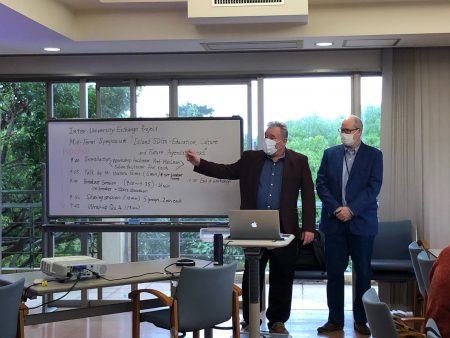
Intercultural workshop

Student discussions over Zoom breakout
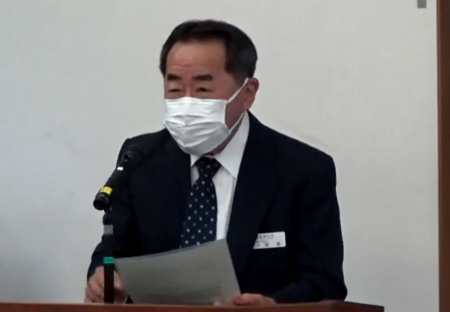
Opening address by Executive Director Kiyoshi Ushikubo
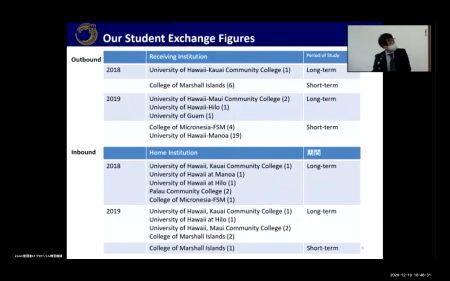
Project Outline by project head Takeo Okazaki
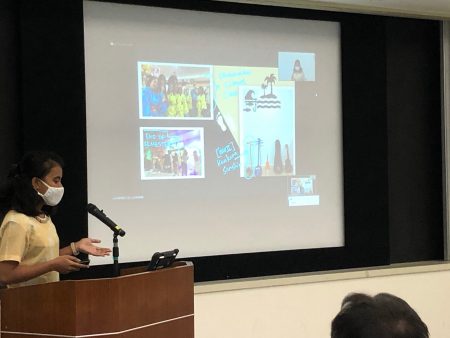
Inbound Study Abroad Experience by Ms. Kelly Lorennij
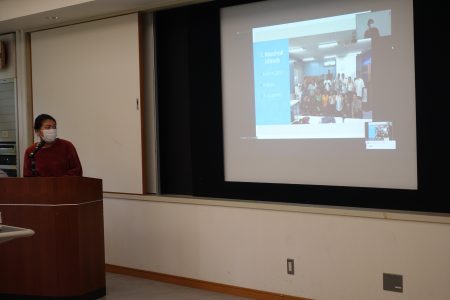
Outbound Intensive Study Program by Ms. Ririka Nakamoto

Keynote Address by Mr. Manuel Hechanova
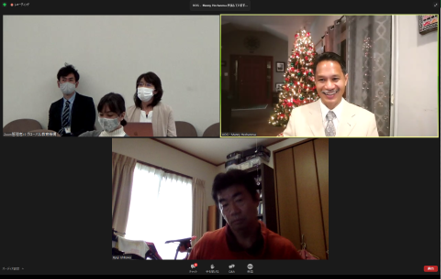
Post-keynote Q&A
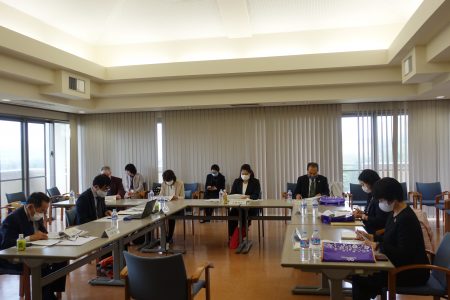
External Assessment Committee meeting
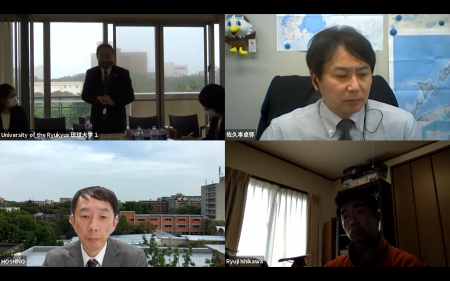
Connecting with our five-member External Assessment Committee